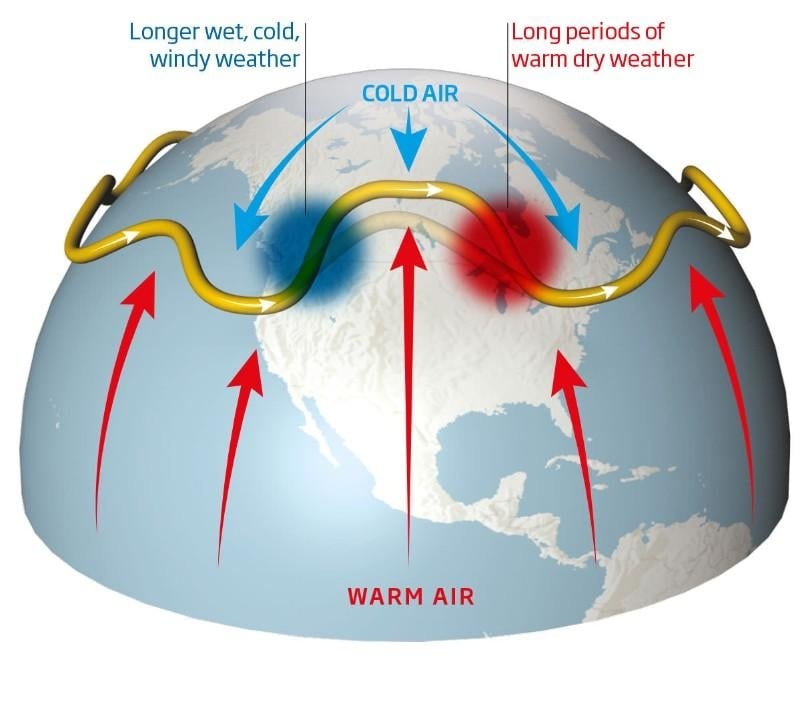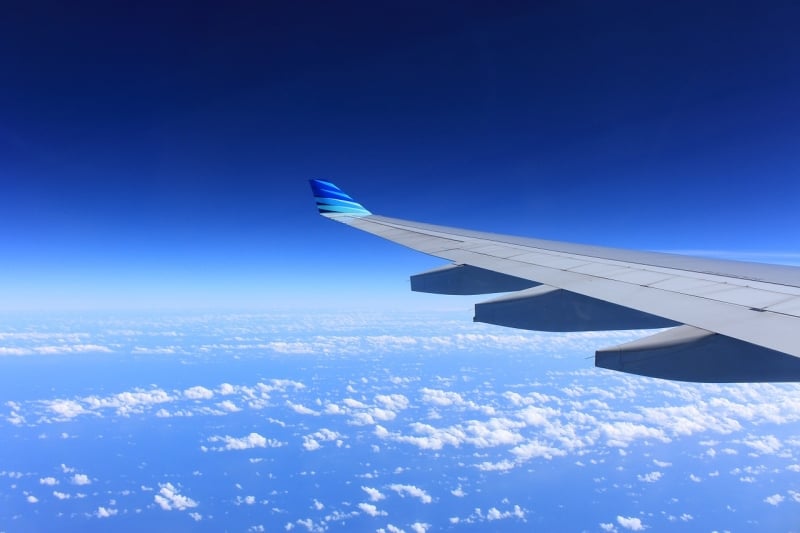Have you ever noticed that your flight going to another country is longer or shorter than the flight going back home?
When I fly from Vancouver to Manila, it takes 12 hours. But when I fly from Manila to Vancouver, it takes 13-14 hours. The tectonic plates certainly didn’t move significantly during my trip but why do the travel times differ when they’re just the same route?
If you want to know what’s up, you should find out more about this atmospheric phenomenon called “jet stream”.
The jet stream, also known as the strong westerly winds, is a very high-altitude wind blowing from the west to the east across the Atlantic. When an airplane is moving in the same direction as the wind, it will travel faster because it is getting that welcome boost of tailwind. When an airplane is travelling opposite the wind direction, however, it will get that drag resulting in a slower travelling speed.
Just imagine yourself swimming against or towards the current. Makes a lot of difference, doesn’t it?

Image credit: New Scientist
Will the wind always travel from west to east?
As long as our planet is rotating, it will. The global wind is determined by how our planet rotates and how much heat it is getting from the sun. Since the equator gets more sun than any other part, it will always have warmer air rising towards the north or south poles. This warm air just goes around the globe from north to south and back again.
Since the globe is always rotating, the fragments closest to its axis move slower compared to those farther. Places closer to the equator, like Jakarta, Indonesia spins at 1,000 miles per hour while Wisconsin, USA is spinning at 700 miles per hour. This means that the air from the equator moving to the north or south poles will be moving faster than the ground it is over, resulting in winds always moving from the west to the east.
Do jet streams cause turbulence?
Pilots are often trained to reduce airspeed when the winds are to their advantage to save fuel costs. Pilots also know how to avoid jet streams when it is moving against them. Jet streams can sometimes cause a bumpy flight when planes get sucked into these forces of nature. They are sometimes unpredictable even when the weather looks calm and clear. Since jet streams separate hot and cold air and are heavily influenced by air temperature, they are more intense in the winter when the temperature difference in the Arctic and the tropics are the highest. The jet stream is not a straight pattern of wind, but rather a wavy, snaky one because of the air pushing from the north and south. The mixing of air will cause a turbulence when a flight is at the edge of the jet stream and is interacting with slower moving air.

Whether you are coming from or going to another country, be rest assured that you will neither be gaining or losing travel time because of your carrier flight. Just know that you will always reach your destination, even if the winds are for or against you.




